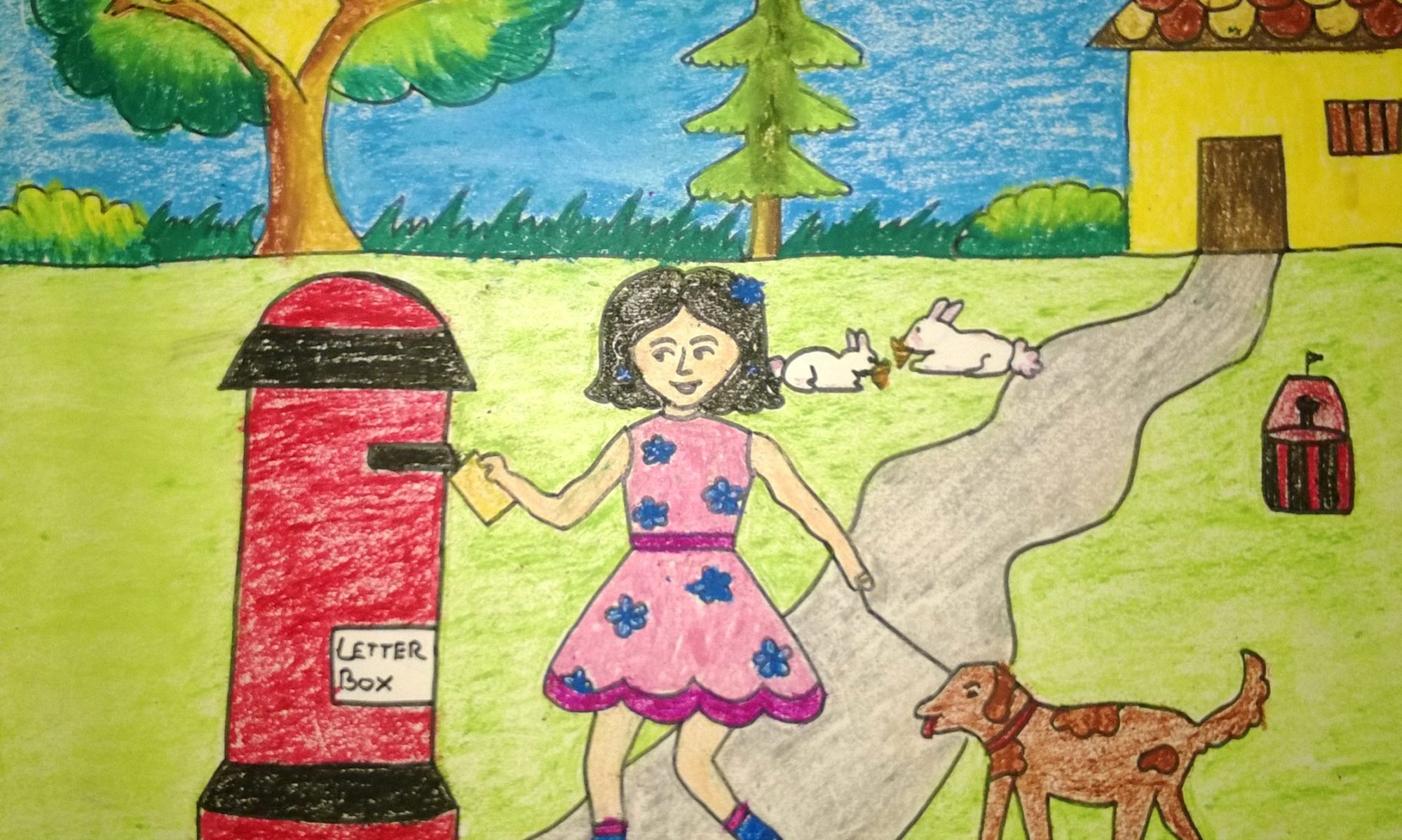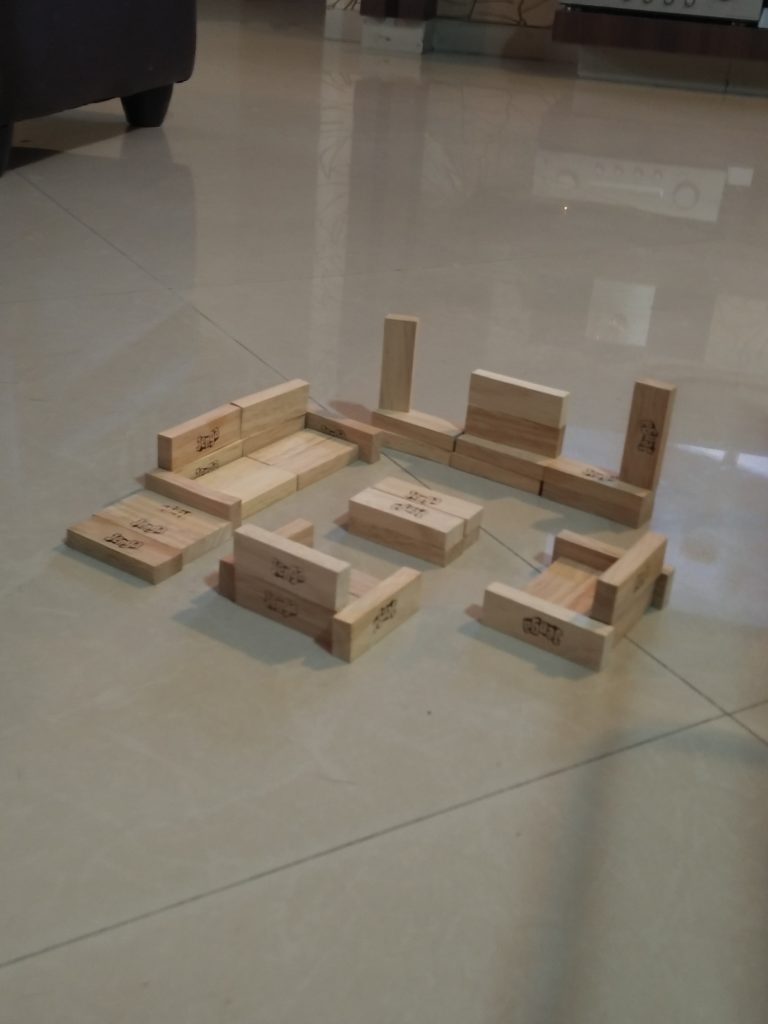18 month old child is brought in by parents as they suspect autism.
Pediatrician saw the child 3 months ago and advised them to wait till second birthday.
Parents were worried so they self referred to me.
Should the parents consult me without knowledge of their regular pediatrician?
(Hearing test is already done. Normal.)
When I meet the family, child has definite delay in speech related milestones. All other milestones are fine. Signs of autism are absent.
Parents ask a pointed question – “Are you sure my child does NOT have autism?”
What are my choices ?-
Fact – child has no classical early signs of autism but there is no guarantee that over next one year they will not develop at all!
Yes, that’s how it works. There is teeny-tiny chance of going on to develop autism from here but small is never 0 in medicine.
Ideally – I should explain the complexity of “diagnosis” to parents, ask them to visit speech therapist for speech stimulation work and reassess after 3-4 months again.
This is what I did. They left. Clearly not pleased or sufficiently reassured.
I saw them again after a year after this consultation at a theater. Toddler was with them. Child still has no speech at all but is very sociable, smiley, reaches out to people like a normal child, plays nicely with other kids. No sign of autism at all.
Curiosity got better of me and I asked them about their journey after meeting me. They met several other specialists of child development, did various development tests over last year.
None showed autism. But still no specialist gave them “guarantee” of “no autism ever”.
Now, for someone working in this area, it is clear that parents are on a sad quest. They are asking wrong question. “Why does my child not speak? What should we do about it?” is a correct question. This question can help move things.
Their focus on autism is a problem. Unfortunately, they don’t want to start speech therapy till “clear diagnosis” is given.
So here is a child with significant speech delay who hasn’t received any help yet except a ton of tests. I feel bad for the child, parents, their first pediatrician (he was absolutely right in calling them back after second birthday).
This is a typical path of “pay as you go” medical system where people with money can purchase whatever healthcare they desire. Here I don’t think anyone is “wrong” but lack of trust combined with anxiety has ruined one year of their life. And will continue to do so.
They are already bitter about modern medicine now. It will take one charlatan alternative therapist to tell them “oh, now it is quite late. Allopathy has no real answers” and “try” XYZ therapy.
Anxiety and pay-as-you-go healthcare is a loss-loss combination for all except crooks.

